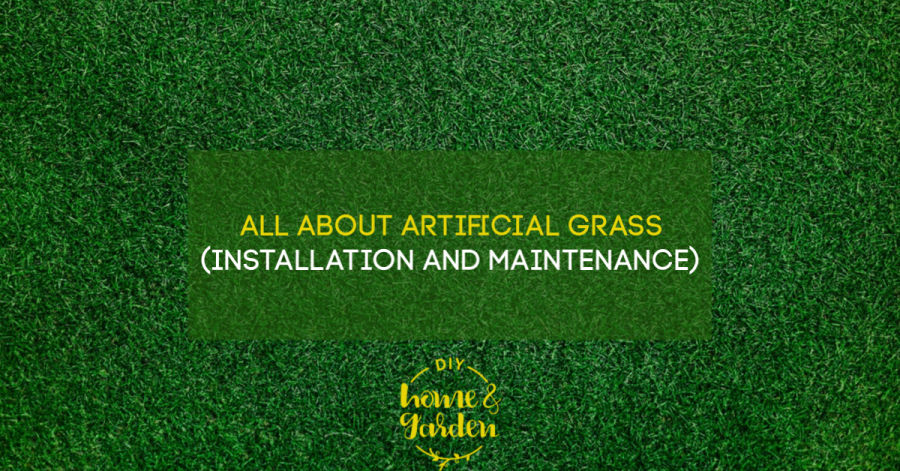Spring is well and truly in the air for some of us, meaning the flowers are blooming, the trees are green, and the grass is growing. At least, it’s growing for some. Perhaps not as much for others.
But taking great care of your yard does more than make you the envy of your neighbors. Healthy and green grass is the first line of defense against soil erosion control, also. This fact means that you can also help avoid water damage to your foundation by keeping your lawn looking great!
Troubles with your grass growing are more common than you might think, and it’s not always easy to narrow down to one cause. Here are some of the potential issues you might have to deal with.
6 Useful Tips to Get Lush Green Grass
Want Green Grass? Start your annual lawn care tasks in the springtime. Here are some easy tips to implement.
1 – Your lawn is super thirsty
If your grass is brown in patches and looks like it’s not growing too much, then the problem is most likely going to be dehydration. If your grass doesn’t get enough water, then it’s going to stunt the growth and eventually lead to death. A good lawn sprinkler from companies like Rain Bird can solve this problem.
2 – You’re mowing too closely
When it comes to taking care of your lawn, cutting the grass is a natural part of the process. You want to keep your blades sharp for a nice, even cut. A dull blade can send the roots of the grass into a shock, which can make them worse at absorbing nutrients over time, leading to a rather week growth. The same can go for cutting the grass too short, which can also lead to the grass being overtaken by weeds.
3 – Your soil pH is bad
If you’re not aware, the pH of the soil determines how acidic or alkaline it is. What pH the soil is will determine which plants, if any, will be able to grow in it. Grass is better suited to slightly acidic soils of around 6.0-7.0, and a free lawn analysis from Big League Lawns can help you determine both what your level is and what you can do about it. Altering the pH of the soil is far from impossible, so don’t worry if this is the case.
4 – There’s something else growing there
As mentioned, the presence of too many weeds, including moss, in the grass could drown out the grass. In fact, other plants take the water and nutrients that are meant for your lawn. If you have a mossy lawn, it could also be a sign that the soil there is too wet. Thus, you could use some drainage to get rid of excess moisture. You can even build the drainage yourself as shown at High Country Gardens. Fungi can be another problem, too.
5 – You need to feed it
If you’re grown a new lawn, then make sure you’re using the right kind of fertilizer and that you’re using it frequently enough. Look for fertilizers especially balanced for grass, with enough phosphorus and nitrogen to encourage growth, but not so much nitrogen that it becomes harmful for the grass. If you’re not sure how much fertilizer you should be using and when it’s worth getting in touch with a professional lawn care team.
6 – Replace it with artificial grass
While there are so many things that you can do to look after your natural grass, have you considered all of the things that could do instead? If you don’t have the time to maintain your lawn, you don’t have to. You can speak to a residential artificial grass company to come in and bring up your turf before laying a new, artificial one down.
An artificial lawn can give your garden that green grass look all year round whatever the weather, and it’s something you can show off during the summer months. You don’t have to push around a lawnmower and worry about weeds throughout the year anymore, not when you have artificial lawn laid. Taking the time to research the best companies is important, but knowing that you have the option to replace your natural grass with an artificial kind can take the pressure off!

The Takeaway: Correct Care in the Springtime Is the Key to Healthy Grass
If your grass isn’t growing, rarely can you solve the issue by simply waiting it out. You need to take action, whether it’s against dehydration, bad pH levels, moss, and weeds, or something else.
- Are Geraniums Annual or Perennial? - 09/21/2024
- DIY Home & Garden: Featured on ApartmentGuide - 09/21/2024
- Bacon: Creative Uses That Go Beyond the Breakfast Table - 09/08/2024


